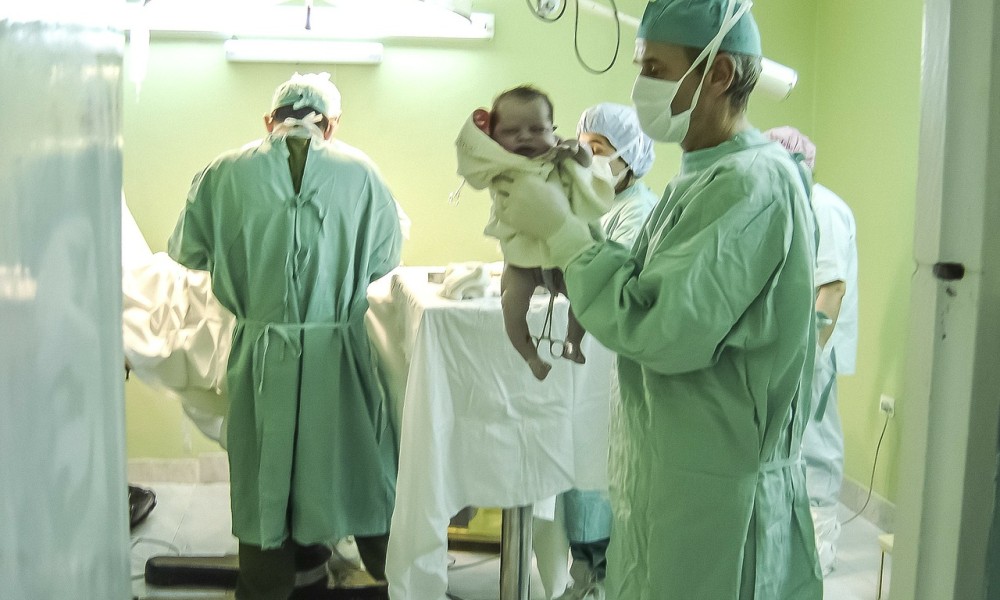
Another health milestone: India now free of maternal and neonatal tetanus
Another milestone for India, our country has reached its goal of eliminating maternal and neonatal tetanus.
“Significant public health milestone”, the experts said.
The World Health Organization said that the elimination of neonatal tetanus is defined as “less than one case in 1000 live births” in every district across the country.
Crossover barriers
As part of its nationwide expanded programme on immunization in 1983, the Indian government introduced two doses of tetanus toxoid vaccine to all pregnant women during each pregnancy. But, sadly in 1990, neonatal tetanus still accounted for almost 80 000 deaths, said Unicef—in stark contrast with 2013 and 2014, in which fewer than 500 cases a year were reported, said Poonam Khetrapal Singh, WHO deputy regional director for South East Asia.
The disease is said to take place through infection in newborns because of the unhealed umbilical stump, when the stump is cut with a non-sterile instrument. Once neonatal elimination has been achieved, maternal tetanus is considered eliminated.
Neonatal cases caused 15% of deaths in the country
At the All India Institute of Medical Sciences in New Delhi, professor of neonatology, Vinod Paul professed his pride over India for eliminating a disease that was once responsible for 15% of deaths in the country.
“This is truly a huge goal because at one point in time there were tens of thousands of deaths due to neonatal and maternal tetanus,” he said.
India’s triumph in the battle
Dr. Vinod Paul believed India had achieved the goal and mentioned three reasons for it:
- “First and foremost, maternal tetanus immunisation rates have gone up. They are not universal, but they are very high.”
- “Secondly, we introduced cash incentives for institutional deliveries.
- “Lastly, delivery kits that reduce contamination along with safe umbilical cord practices have been important.”
Polio eradication acted as a model to follow.
Poonam Singh said that the launch of the National Rural Health Mission in 2005, helped to facilitate safe deliveries by training auxiliary nurse midwives and other trained birth attendants who work at the village level.
“Since 2012, the government of India has been applying the best practices of polio eradication for routine immunisation strengthening, focusing on areas with low routine immunisation coverage.”
Polio eradication in India, which was achieved last year, had acted as a model to follow.
Nagaland, last state to achieve maternal and neonatal tetanus
World Health Organization (WHO), declared India free of maternal and neonatal tetanus on the 15th of May. Nagaland being the last state to achieve maternal and neonatal tetanus elimination, after a validation survey conducted in April, affirmed Poonam Singh.


Wrong . I myself have seen two cases of neonatal tetanus in last one year .
Maybe you should have reported them.
Elimination means less than 1 case per 1000 live births not zero cases